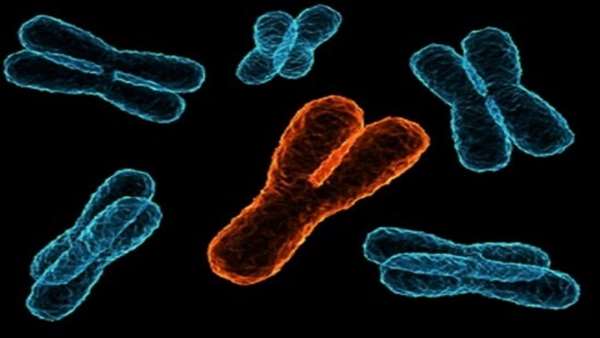Leukaemia: protective role of Y chromosone gene discovered
Scientists have discovered the first leukaemia protective gene that is specific to the male-only Y chromosome. Researchers at the Wellcome Sanger Institute and the University of Cambridge found that this Y-chromosome gene protects against the development of Acute Myeloid Leukaemia (AML) and other cancers.
Scientists have discovered the first leukaemia protective gene that is specific to the male-only Y chromosome. Researchers at the Wellcome Sanger Institute and the University of Cambridge found that this Y-chromosome gene protects against the development of Acute Myeloid Leukaemia (AML) and other cancers.
The study, published in Nature Genetics, investigated how loss of the X-chromosome gene UTX, which is known to be mutated in many tumours, hastens the development of AML. However, they found that UTY, a related gene on the Y chromosome, protected male mice lacking UTX from developing AML. The authors then show that in AML and in several other human cancers types, loss of UTX is accompanied by loss of UTY, confirming that the cancer-suppressing role of UTY extends beyond AML.
Acute myeloid leukaemia is an aggressive blood cancer that affects people of all ages. It develops in cells in the bone marrow and leads to life-threatening infections and bleeding. Mainstream AML treatments have remained unchanged for decades.
Women have two X chromosomes whereas men have one X and one Y chromosome. The X and Y chromosomes share many genes, but a small number of genes, including UTY, are only found on the Y chromosome. These Y-specific genes were thought to contain the genetic information required for male sexual characteristics, but were not known to have other roles. The discovery of this new role changes the way the Y chromosome is viewed and improves understanding of how AML and other cancers develop.
In their study, researchers studied the UTX gene in human cells and in mice to try to understand its role in AML. In addition to their discovery that UTY acts as a tumour suppressor gene, the scientists found a new mechanism for how loss of UTX leads to AML. They discovered that UTX acts as a common scaffold, bringing together a large number of regulatory proteins that control access to DNA and gene expression, a function that can also be carried out by UTY. When UTX/UTY are missing, these proteins can’t regulate gene expression correctly and cancer growth becomes more likely.
Reference:https://www.nature.com/articles/s41588-018-0114-z





ارسال به دوستان